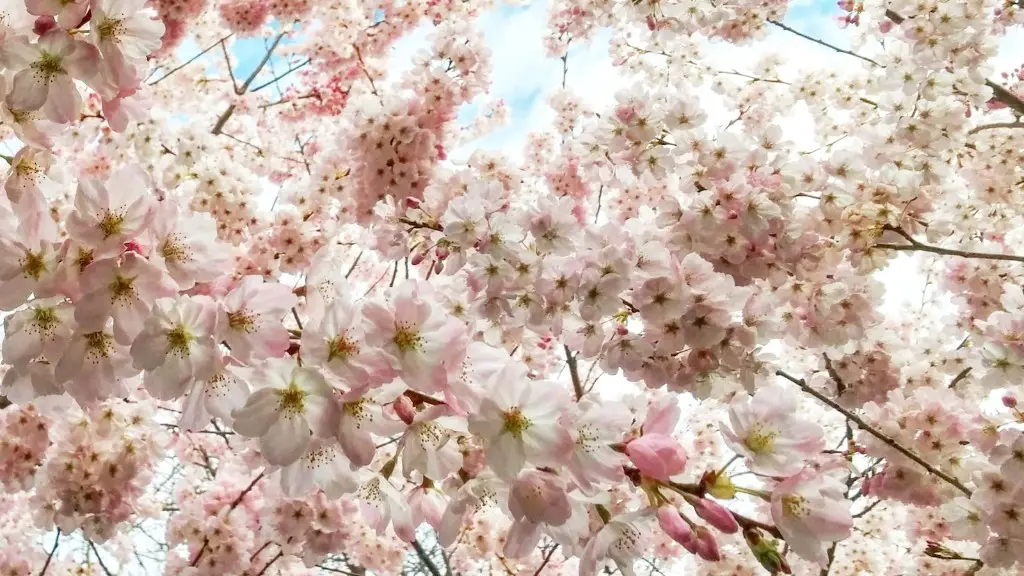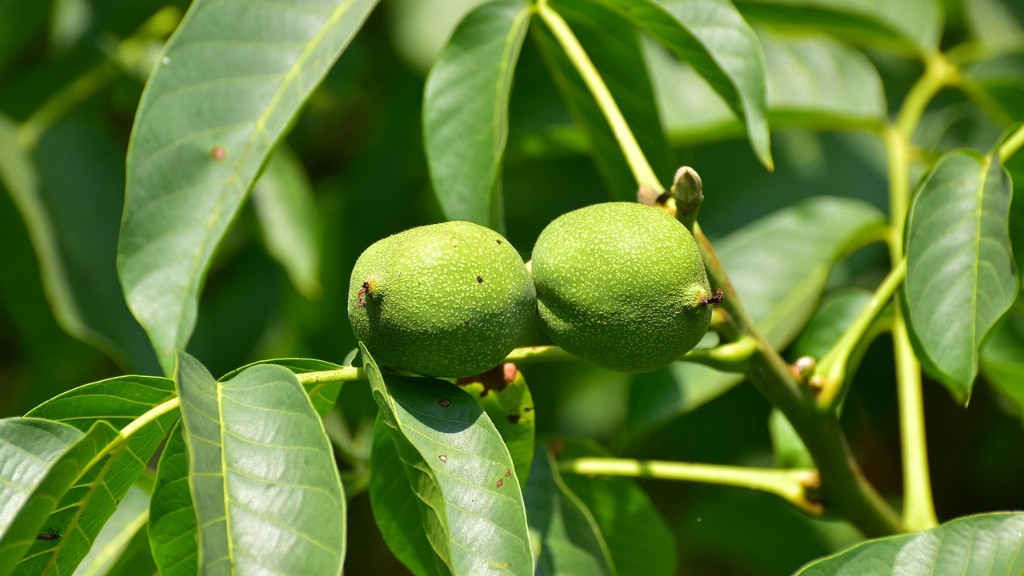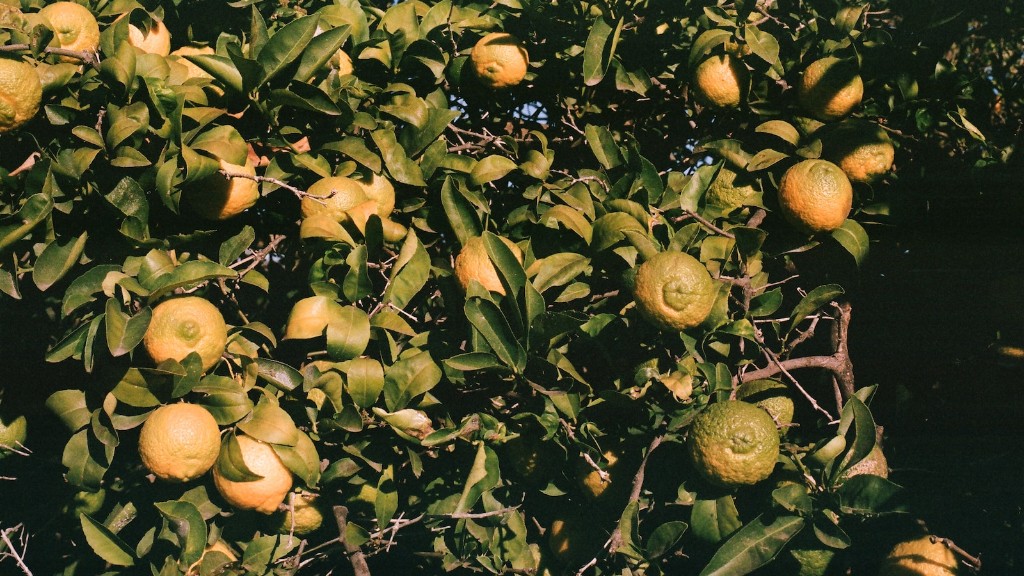Selecting the Right Species of Cherry Blossom Tree
Cherry blossom trees are beautiful additions to any landscape. The gorgeous flowers brighten even the gloomiest days and bring a feeling of optimism when in bloom. However, growing a cherry blossom tree is not as simple as it looks. There are a few questions you should ask yourself before selecting a species and then be prepared to commit to shaping it for maximum enjoyment.
It’s important to understand that not all cherry blossom trees are the same. Some are better suited to colder climates, while others prefer warmer ones. So if you live in an area with hot summers and cold winters, select a species that is tolerant of them. Some varieties will not tolerate the cold, while others can handle the heat but struggle in dry soil.
A key factor in the success of your tree is the soil. Different species of cherry blossom trees require different soil types, so it is worth doing some research to determine the right type for your location. Some varieties are more tolerant of poor soil than others, so this will also impact your selection.
On top of this, there is the question of size. Some species of cherry blossoms can grow up to 30 feet tall and 50 feet wide, while others remain significantly more compact. Before selecting a species, you should consider the size of your yard and the space available.
Caring for Your Cherry Blossom Tree
Once you’ve selected the right species and planted your tree, it’s time to move on to caring for it. The key to a healthy and thriving cherry blossom tree is plenty of sun. Without it, the tree will struggle to grow and flower. Most species prefer a sunny, open location, so if you live in an area with few sunny days, choose one that can tolerate some shade.
It’s also important to water your cherry blossom tree regularly. Too much water can cause root rot and other problems, but too little water can stunt its growth and reduce flowering. During the summer months, be sure to water your tree deeply once a week.
Cherry blossom trees do not need to be fertilized, so you should be able to ignore this aspect of their care. However, regular pruning is necessary to ensure it maintains its shape and stays in top condition. Pruning your tree regularly will encourage more flowers, reduce crowding and help it look its best.
Shaping Your Cherry Blossom Tree
Shaping a cherry blossom tree can be a daunting task, especially if it’s your first time. There are several different techniques to consider, and each will result in a slightly different-looking tree.
The first and most important step is to determine your aim. Do you want a natural-looking tree, or something a little more sculptural? Think about the shape you want, and then use pruning shears or a sharp saw to cut away branches that are competing or clashing with it. Be sure to prune away dead or damaged branches, too.
When removing large branches, cut them away in steps. This technique is known as feathering, and it helps to stop the tree from over-healing and encourages healthy new growth to replace the branches that have been removed. It’s best to do this work in late winter, while the tree is still dormant, to avoid damaging the flowers.
It’s also important to remember that cherry blossom trees flower on second-year wood, so don’t be tempted to prune away too much of the older growth. Trying to accelerate the flowering process could leave you with a bare tree and a lot of disappointment.
Pests and Diseases
Although cherry blossom trees are generally hardy and less susceptible to pests and diseases than other species, it is important to be aware of potential problems. There are several common insects and diseases that can affect the health of your tree.
Aphids and spider mites can be a real nuisance, sucking the sap out of the leaves and leaving them weak and discolored. To combat them, use organic insecticides, such as neem oil or homemade treatments.
Powdery mildew is a common fungal problem, particularly during warm, humid conditions. The most effective method to get rid of it is to prune away infected shoots and leaves, and to water the tree in the morning, so it has time to dry during the day.
Enjoying the Cherry Blossom Tree
Once your cherry blossom tree is shaped and healthy, it is time to enjoy watching it come into bloom. Nothing quite compares to the beauty of a cherry blossom tree in full bloom, with its clouds of soft, delicate flowers.
To enjoy your tree for longer, plant several species of different colors and heights, so the colors blend and the tree looks more vibrant and alive. If possible, find a species that will flower at different times of the year as well as in early spring, so you can enjoy the beauty all year round.
It’s also important to recognize that after the flowers are gone, there will be a messy clean-up. The fallen petals can be swept up, but it is best to cut away any disease or dead branches before next year’s flowers start to appear.
Harvesting the Fruit and Growing From Seed
Although most cherry blossom trees are planted purely for aesthetics, some produce edible fruits. This usually takes at least five years, so it’s worth being patient and planning ahead. However, do not be tempted to harvest the fruit too early, otherwise it will lack the sweetness and flavor of mature fruit.
If you want to experiment with growing your own cherry blossom tree from seed, it is a longer process, but it’s a great experience and introduces a unique challenge. The process begins in late winter with gathering the seeds from the tree and storing them in the fridge for three months. Once this time has passed, you can sow them in containers filled with potting compost and then move them to the garden in mid-spring.
Planting Tips
When planting your cherry blossom tree, the most important thing is to dig the hole properly. It should be approximately twice the size of the root ball, and should be filled with a mix of compost and soil. This will nourish the tree and give it the right environment to grow and flourish.
Once the hole is ready, you should also add a slow-release fertilizer to give the tree a boost. This will encourage it to grow and reach its full potential. Finally, water regularly and allow the soil to dry out between each session.
Encouraging Multiple Blooms
To encourage your cherry blossom tree to bloom multiple times in a season, you should perform some regular maintenance. Pruning away dead or damaged branches will keep the tree healthy and encourage more blooms. If possible, also avoid removing too much older growth as this deters flowering.
It’s also important to keep the tree in a sunny spot and feed it the right nutrients. Most cherry blossoms require a lot of sunlight and deep, regular watering. Additionally, it is recommended to feed the tree twice a year with a balanced fertilizer to give it a healthy boost.


